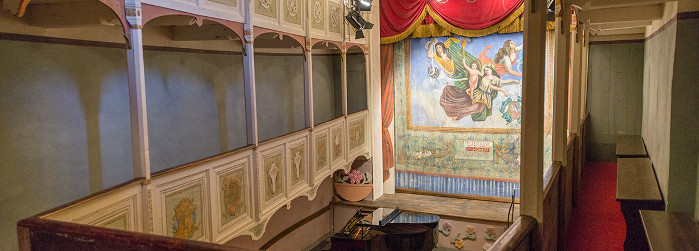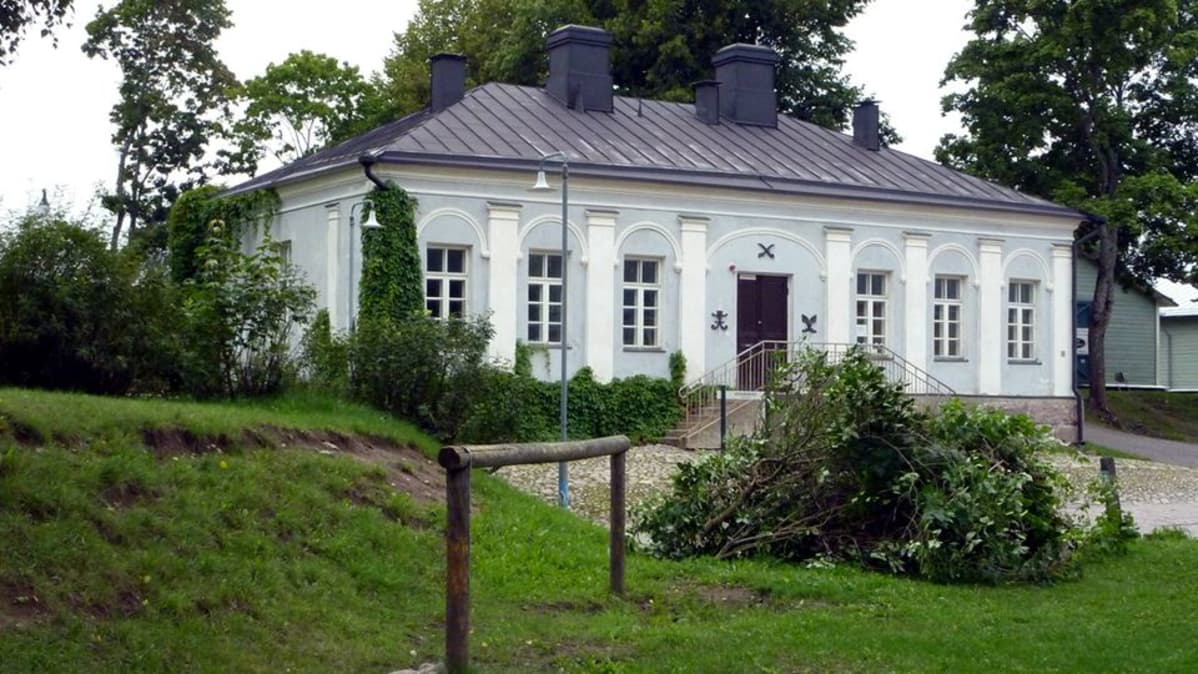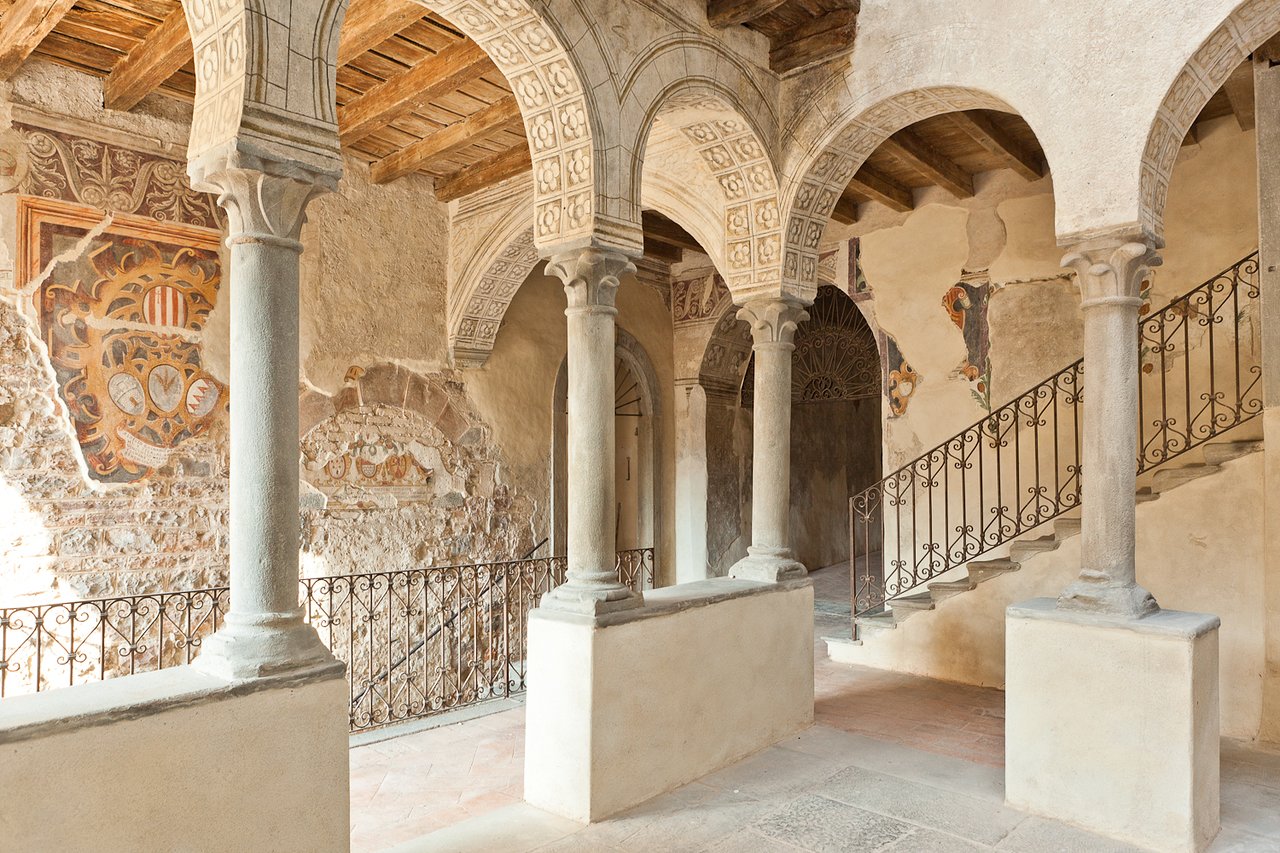The municipality of Pescaglia, in the province of Lucca, boasts a curious record that brings it to international honors: here, in fact, to be precise in the hamlet of Vetriano, in Gribbia, there is what has been called the smallest historical theater in the world, entering rightfully in the Guinness Book of Records that has certified it. Nestled between the houses and the streets of the beautiful Tuscan village, the Teatrino di Vetriano is a small but beautiful jewel in which all the elements of the nineteenth-century theater are found and the tiny stage still comes alive to give life to shows and works of bel canto.
The story goes that in 1889 the engineer Virgilio Biagioni to comply with the will of his father decided to found a new theater and so in 1890 the constitutive act of the Società Paesana di Vetriano was stipulated with the aim of following the construction and later the management. In 1891 the theater began its activity with prose and musical comedies recited by the same inhabitants of the country. With the new century the philodramatic and philharmonic activity intensified and, given the success, the small center became a reference point for the whole area. It was at the beginning of the sixties that the philodramatic activity began to show signs of crisis and at the same time even the structures of the theater began to have problems due to some static failures and the deterioration of the roof covering and pictorial decorations.
In 1983 the activity of the Società Paesana ceased and in 1997 the heirs donated their part of the property to FAI, Fondo Ambiente Italiano, purchasing at the same time other adjacent spaces. So, thanks to the restoration work carried out by the FAI, which began in 1998, the original part of the little theater was completely recovered and new spaces were obtained thanks to the neighboring areas, thus returning to new life and presenting, in 2003, the first playbill of the modern era. The Teatrino measures 70 square meters, but, unlike the equally well-known Teatro della Concordia of Monte Castello di Vibio, in the province of Perugia, the smallest historical theater, it cannot be considered an Italian theater because it lacks the horseshoe-shaped hall or a bell-shaped plan. The building in fact presents a trapezoidal plan, with a double order of balconies and the architectural elements that compose it are a rectangular-shaped hall without frescoes, the stage, the stalls and boxes. In any case, it has always been called the Bomboniera by the inhabitants of the town, and the seats inside are on chairs that resemble those that spectators used to bring from home: in any case, it is an Italian boast, beautifully restored and available by reservation.













